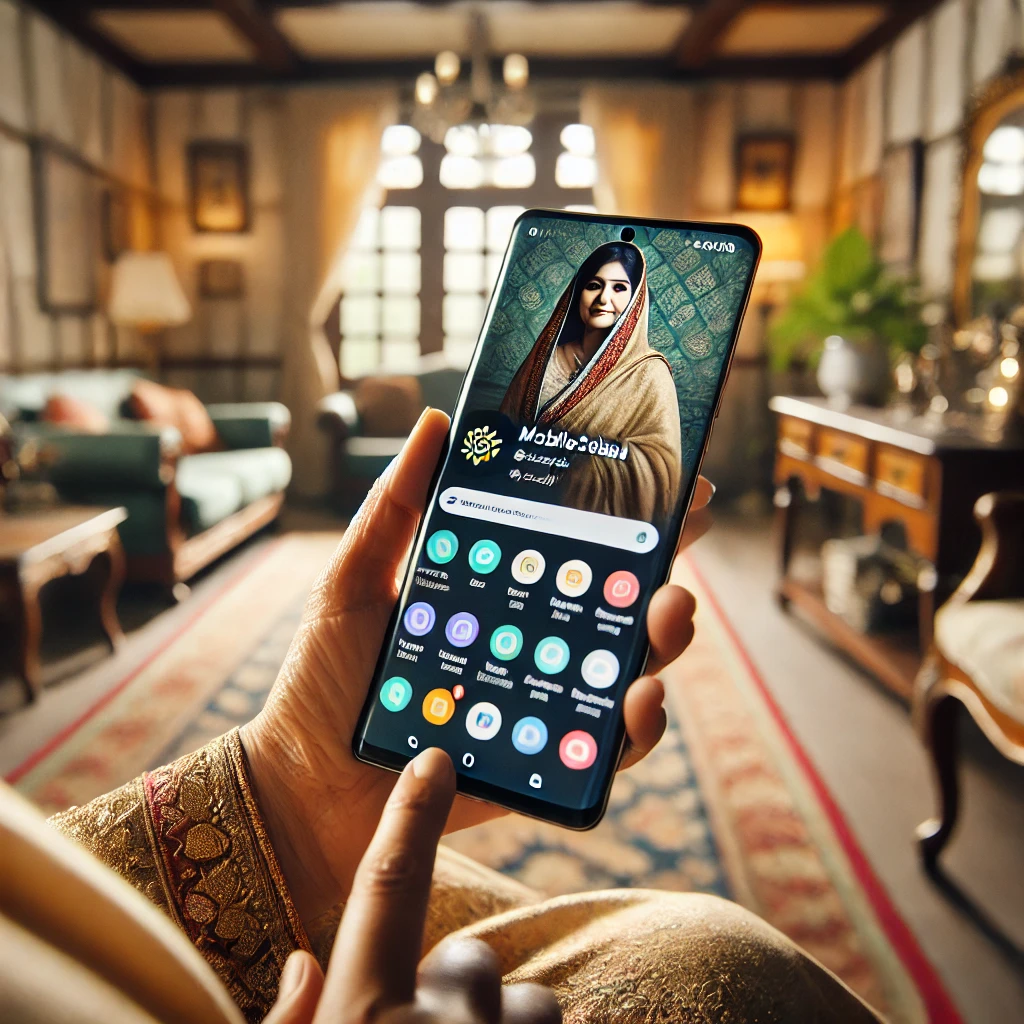What should I watch out for when replacing my phone's screen?
Replacing your phone's screen can be tricky, especially if you’re doing it yourself or using third-party services. Here’s what you should watch out for:
1. Original vs. Aftermarket Screen
OEM (Original Equipment Manufacturer) screens match the original quality.
Aftermarket screens may be cheaper but can have lower resolution, touch sensitivity, or color accuracy.
Beware of fakes passed off as OEM.
2. Touch Sensitivity & Display Quality
Test the replacement screen's touch responsiveness, brightness, and color accuracy after installation.
Low-quality screens often lag or have dead spots.
3. Technician Expertise
If you’re using a service, make sure the technician is experienced, especially with your phone model.
Bad installations can damage internal components or cause screen detachment later.
4. Water Resistance
Replacing the screen might compromise waterproofing if not sealed properly.
Ask the technician to reapply adhesive seals if your phone was water-resistant before.
5. Warranty Concerns
DIY or third-party repairs may void manufacturer warranties.
Check your warranty terms before proceeding.
6. Face ID / Fingerprint Sensor
On iPhones or certain Androids, replacing the screen can disable Face ID or Touch ID if not handled properly.
These parts are often calibrated to the original hardware, so professional handling is important.
7. Software Compatibility
After replacement, make sure your phone recognizes the new screen correctly.
Update your phone software if needed.
8. Static Electricity & ESD Precautions
If replacing it yourself, use an anti-static mat or wristband to prevent internal damage.
9. Loose Screws or Damaged Parts
Watch for missing screws, bent frames, or unsecured connectors that could cause future issues.
10. Backup Your Data
Always backup your phone before handing it over or opening it up—just in case something goes wrong.
Need help finding reliable services or parts in your area?



Comments
Post a Comment